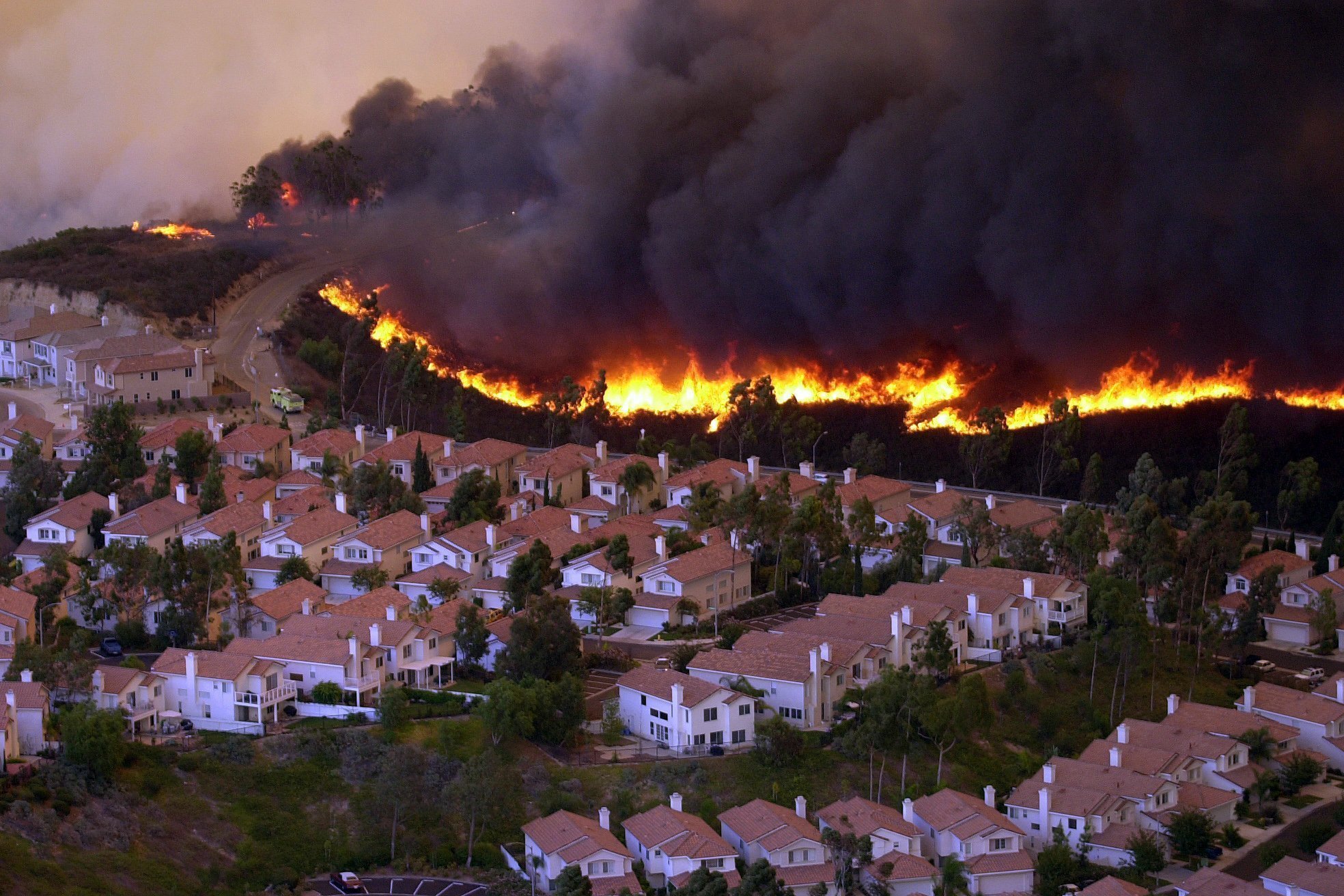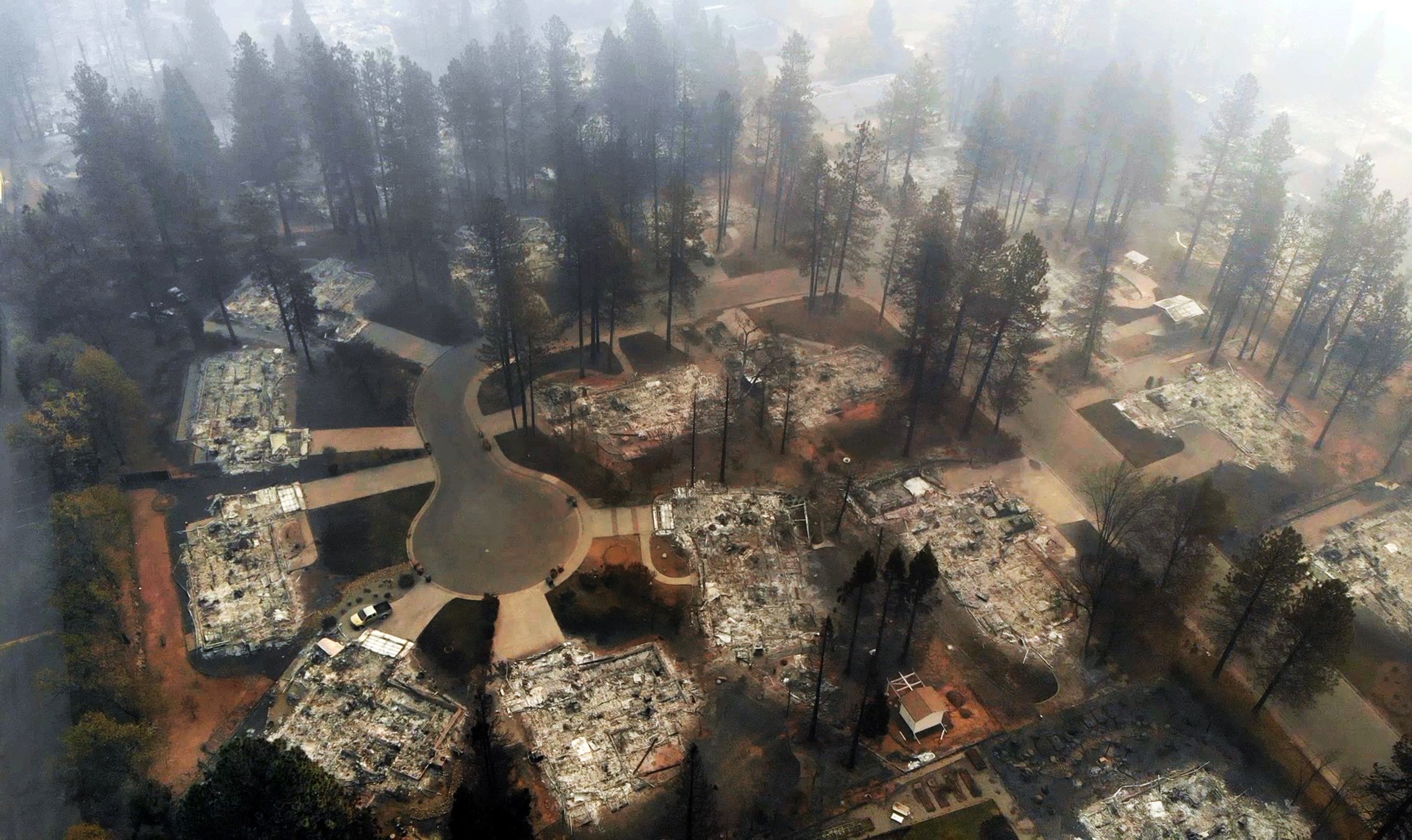If there are a million houses already at risk (88,000 in San Diego alone), does it make sense to place more houses on the fire line? There is a growing consensus that we need to start limiting development in these areas, especially when there is limited ability to evacuate and the older homes do not have the same protections as the newer homes, which, incidentally also burn (as evidenced in the Thomas and Tubbs fires where a majority of the fire-hardened homes burned).
A first good step would be to require a more rigorous analysis of fire risks when a development project seeks an up zone in high risk areas. This would include a more rigorous evacuation analysis which takes into account total traffic volume during an evacuation and whether or not an up zoned project will create a more dangerous situation. It would require higher standards of both building standards but also an objective analysis of the fire risk to both new and existing residents. Current CEQA requirements only require a simple fire protection plan that is typically approved by the local fire officials. A more rigorous analysis should be required that uses accepted fire science and research to determine the risk of any new housing in high wildfire risk areas.
https://www.latimes.com/projects/la-me-california-buildings-in-fire-zones/



